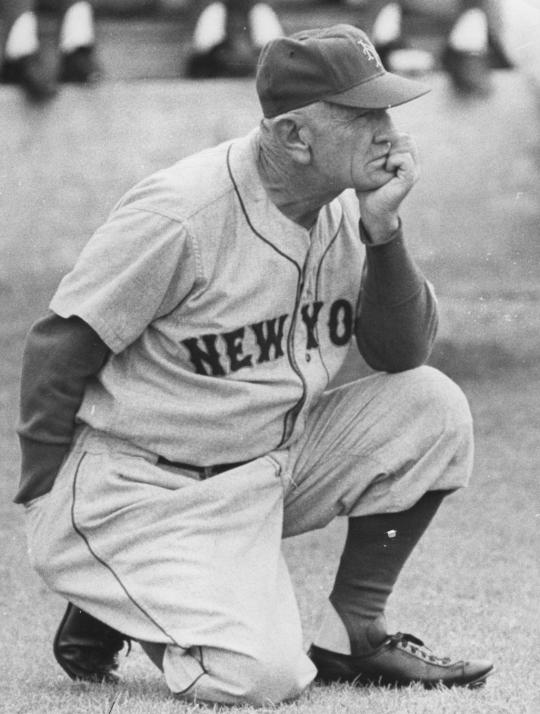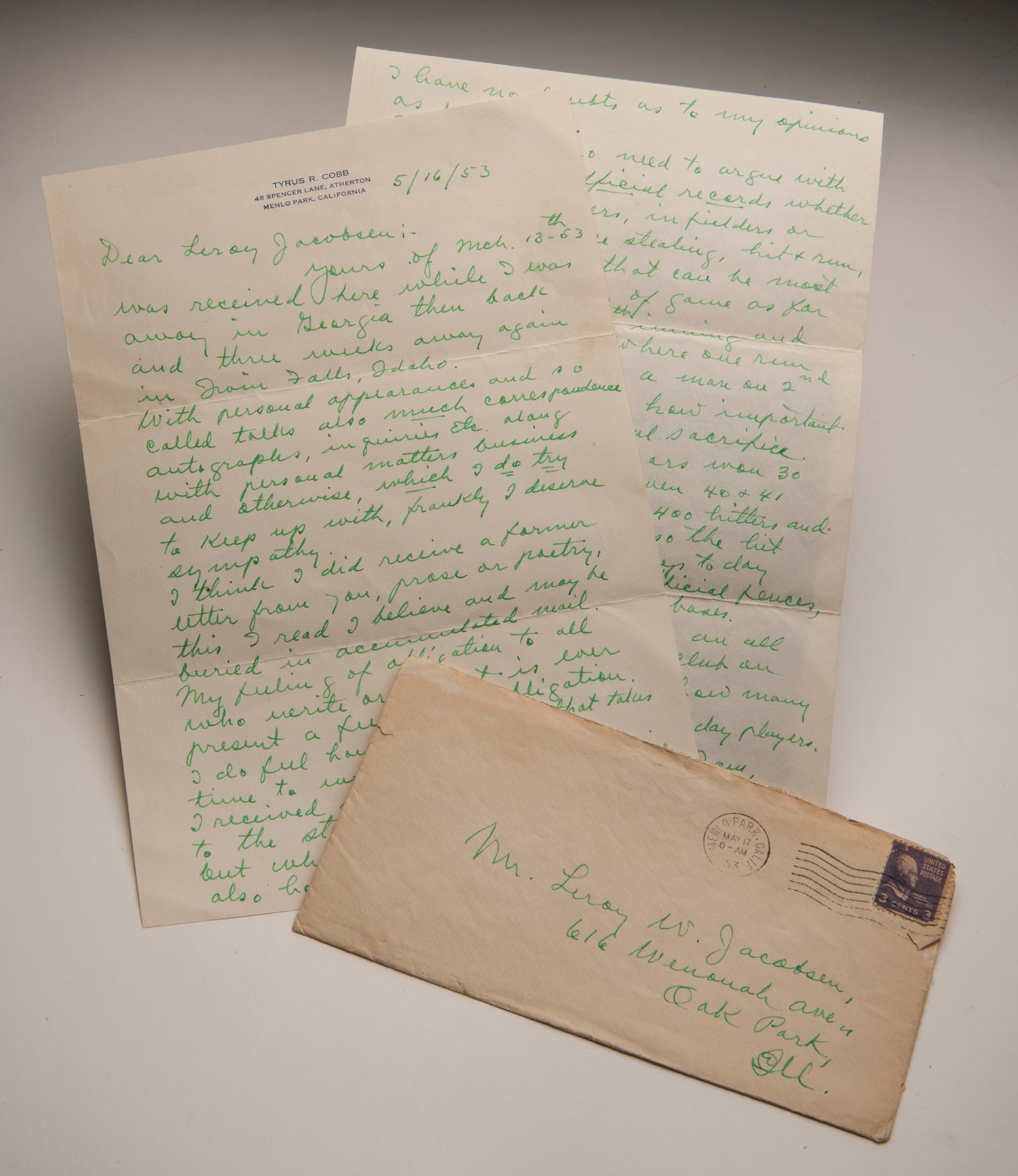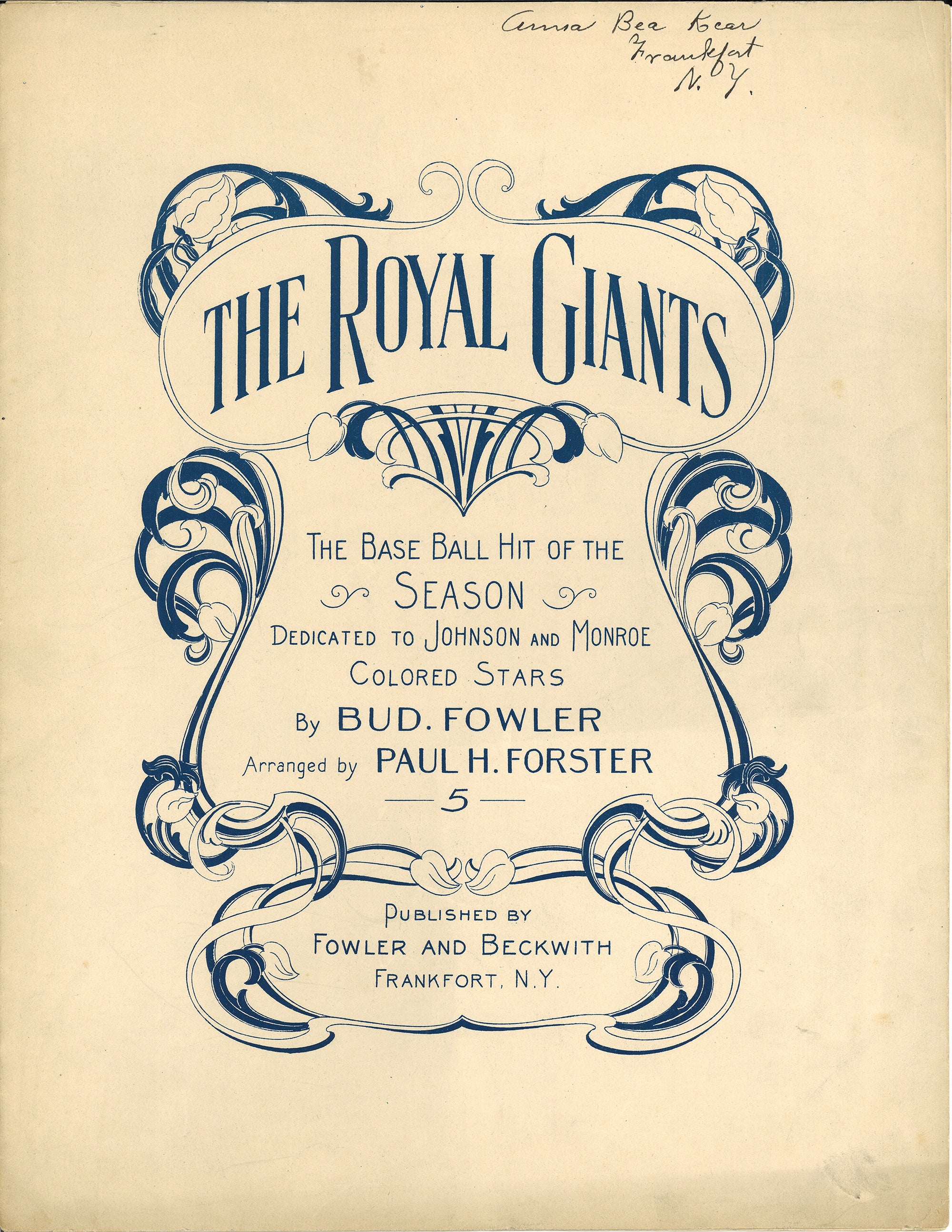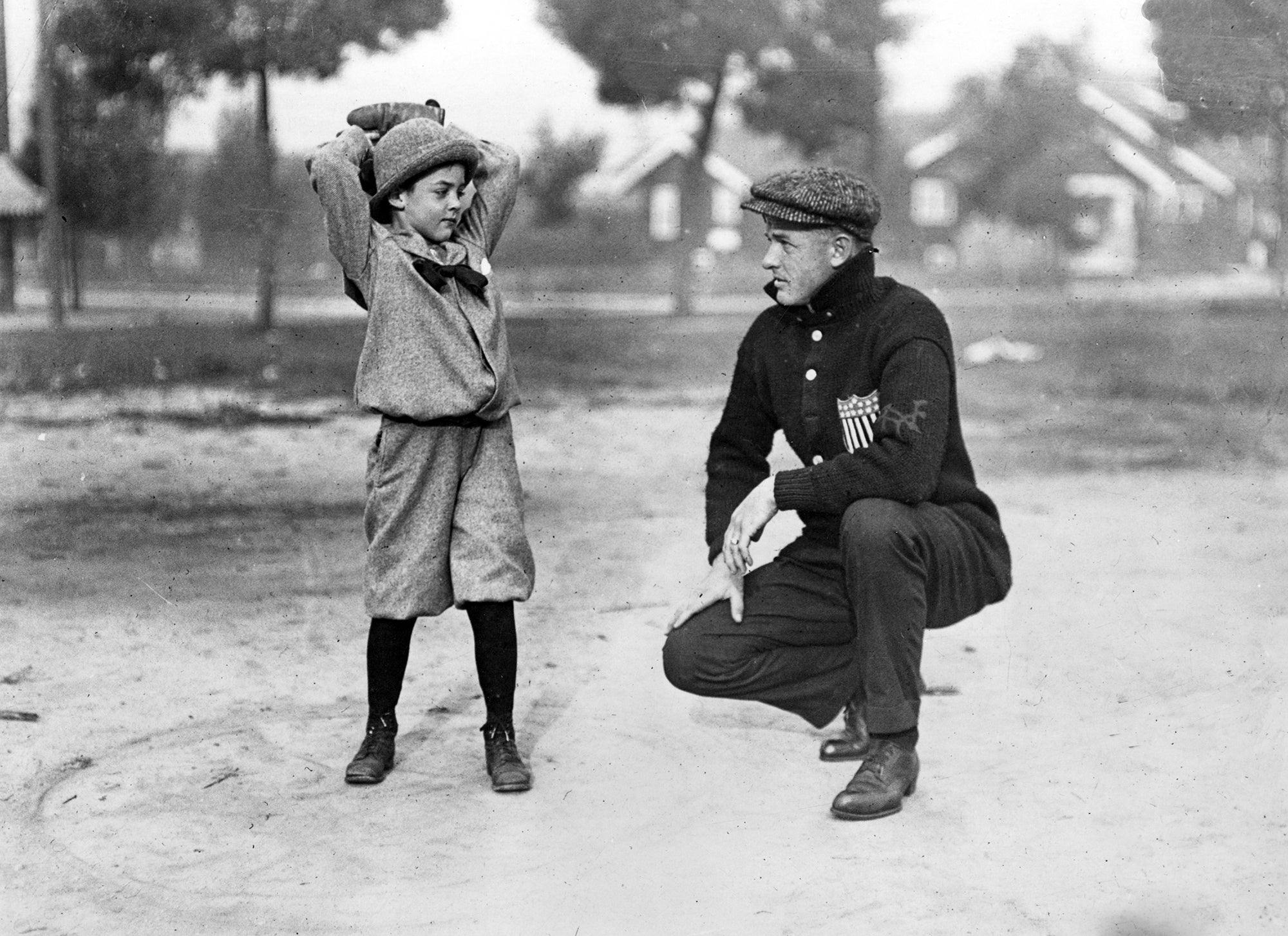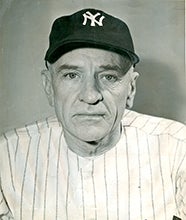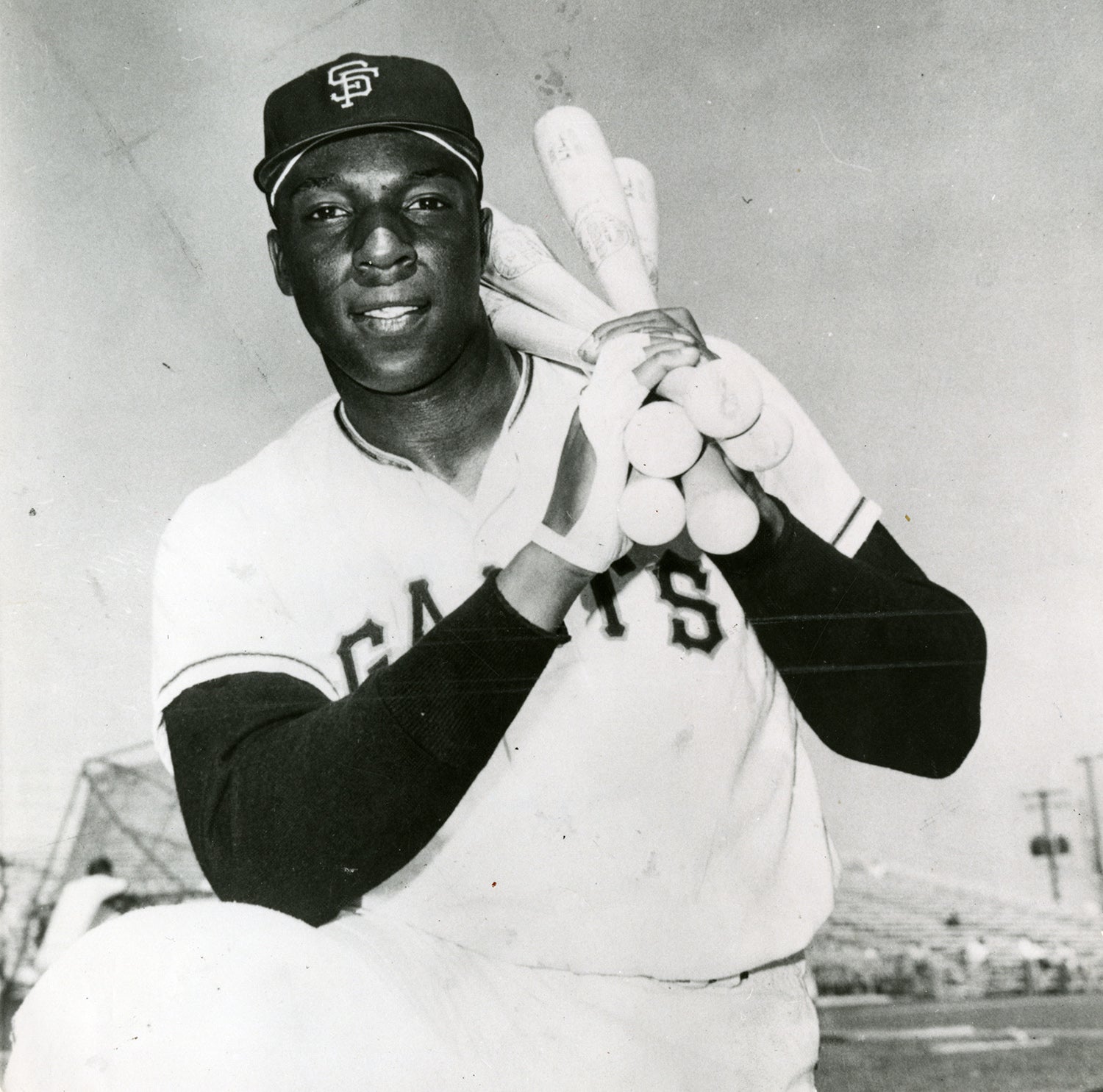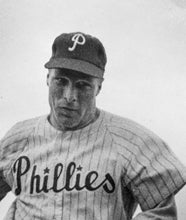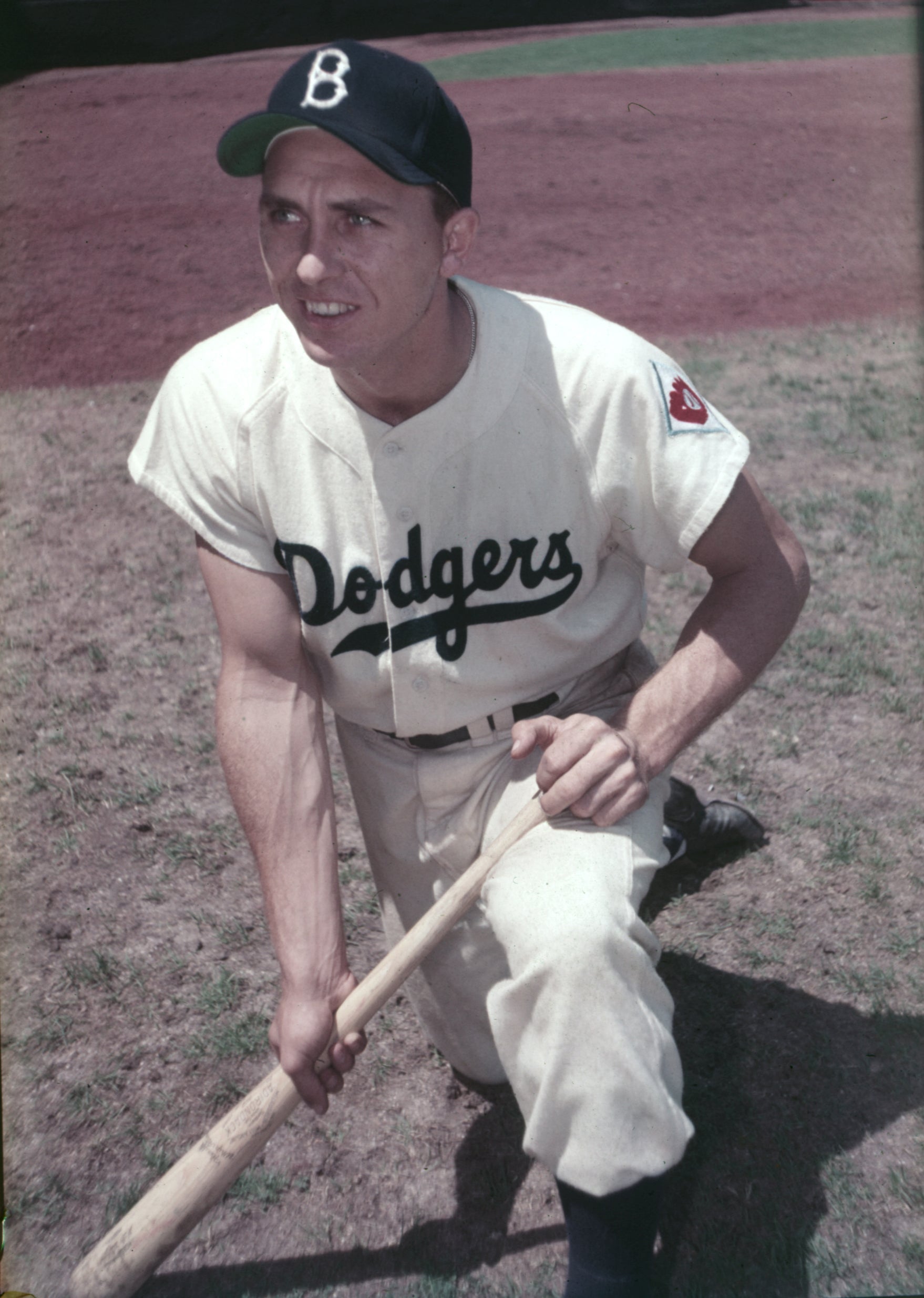- Home
- Our Stories
- #Shortstops: Amazin’ photo
#Shortstops: Amazin’ photo
“I’ve been in this game a hundred years, but I see new ways to lose I never knew existed before.” - Casey Stengel
Every baseball team loses. Some teams lose a lot. But perhaps no team in history remains more synonymous with losing than the 1962 New York Mets.
2022 marks the 60th anniversary of the inaugural New York Mets team. After a four-year absence following the move of the Dodgers and Giants to California following the 1957 season, National League baseball was brought back to the Big Apple in 1962. Donning the blue of the Dodgers and the orange of the Giants, the Metropolitans were ready to join the Yankees on the city’s big league stage.
Official Hall of Fame Merchandise
Hall of Fame Members receive 10% off and FREE standard shipping on all Hall of Fame online store purchases.
The New York Mets had a fine pedigree. They were led by seven-time World Series champion manager Casey Stengel. They had an unusually established and passionate fanbase for such a young team. They had a thriving media market that any expansion franchise would covet. The only thing they were missing was victories.
“We’ve got to learn to stay out of triple plays,” remarked Stengel as he looked back on the ‘62 season. A legitimate concern, that year’s roster simultaneously lacked youth, speed and athleticism in comparison to their competition. This was due in part to management's choice to select aging veterans in the 1962 expansion draft.
Regardless of what they lacked in talent, this team was not without household names. Aside from Stengel at the helm, the 1962 Mets featured future Hall of Famers Richie Ashburn and Gil Hodges, who were playing at the tail end of their respective careers.
The roster also included other popular players such as “Marvelous” Marv Throneberry and rookie Ed Kranepool, who would go on to set a record for games played in a Mets uniform.
These notable names did not translate to wins, however. The 1962 New York Mets lost 120 games, finishing 60.5 games behind the first place San Francisco Giants. This set the mark for the most losses in a Major League season since 1900. Starting pitcher Roger Craig lost a whopping 24 games that year, with Al Jackson joining him as the team’s other 20-game losing pitcher.
A photograph preserved in the Dean O. Cochran Jr. Photograph Archives at the National Baseball Hall of Fame and Museum shows Stengel putting a jacket sleeve over the pitching arm of Craig. Stengel was commended for his ability to connect with his players and lead the new ballclub. However, it was his animated personality and witty sense of humor that brought significant attention to the upstart franchise.
During a pitching change before Willie McCovey came to bat, Stengel once asked Craig where they should position their outfielders against the future Hall of Fame slugger. “Upper deck or lower deck?” Stengel humorously suggested.
The Mets would continue to be among the worst teams in the league until their surprise run to the World Series in 1969. Still, the 1962 team has secured its spot in baseball lore. Considering how poorly the team performed on the field, the amount of fan support the Mets received was remarkable. In only their first season, the Mets outpaced many well-established teams in total attendance, including the Boston Red Sox, Philadelphia Phillies and Chicago Cubs.
There was something about the underdog Mets that made people want to root for them, no matter how many games they won (or didn’t win). Sixty years later, the Mets are still remembered fondly.
“We were loved before a pitch was thrown,” recalled left-handed pitcher Bob Miller (one of two Bob Millers to pitch on the ‘62 team). “It was truly an extraordinary time.”
Justin Hill is a 2022 public programs intern in the Hall of Fame’s Frank and Peggy Steele Internship Program for Youth Leadership Development

